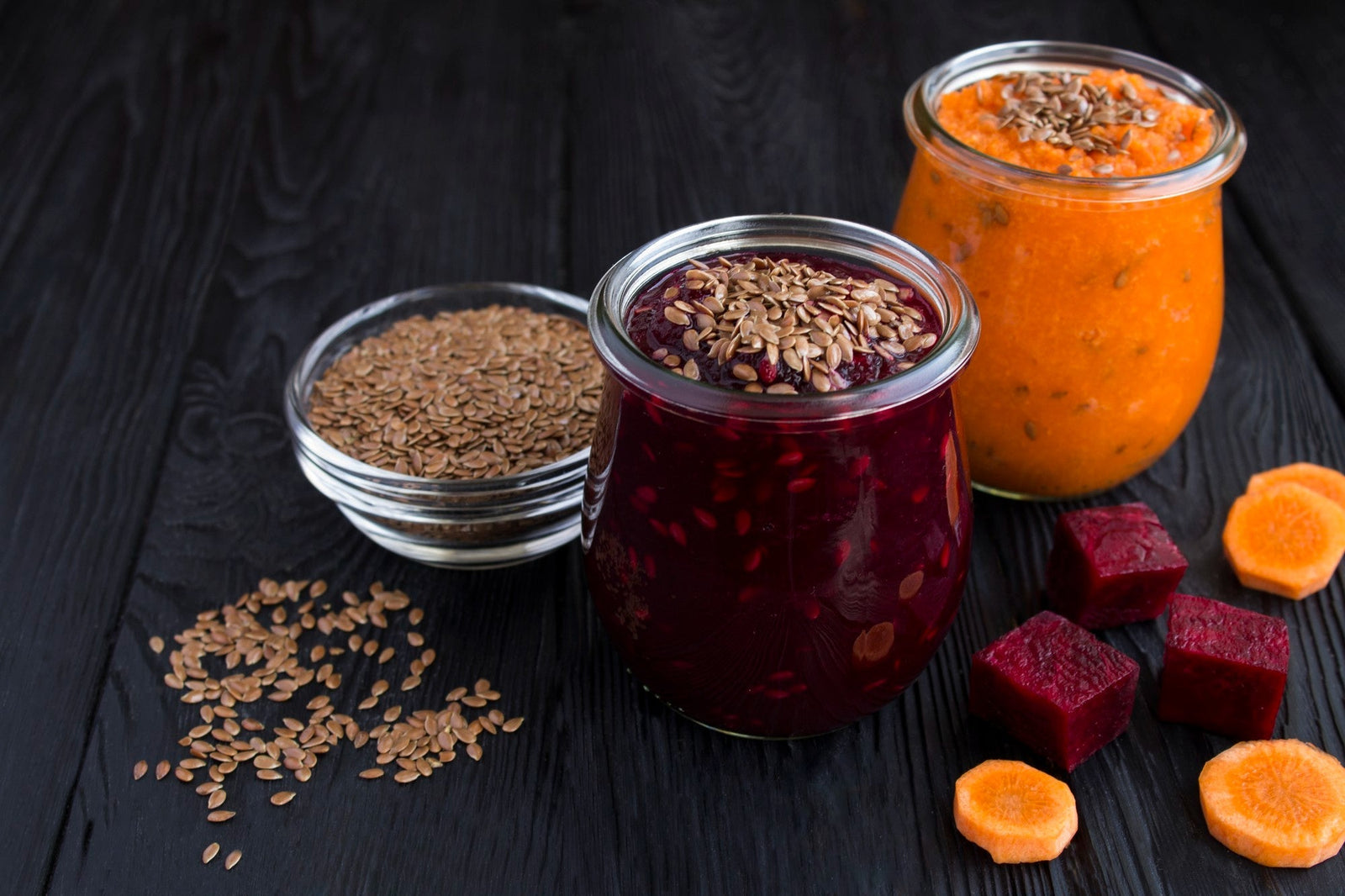
June 05, 2023 4 min read
One of the most well-known and esteemed coffee types in the world is Colombian coffee. It is produced in Colombia's mountainous regions, where a special synthesis of high altitude, fertile soil, and ideal climatic conditions makes for the ideal environment for raising premium coffee beans. This article will look at what makes Colombian coffee unique and why it is known all over the globe.

Coffee was first introduced to Colombia in the early 18th century by Jesuit priests who brought the seeds from the Dutch colony of Suriname. The first commercial coffee plantation was established in 1808 in the region of Salazar de las Palmas. The most significant product in Colombia by the turn of the 20th century was and still is coffee.
To advance and defend the interests of Colombian coffee farmers, the Federación Nacional de Cafeteros de Colombia (National Federation of Coffee Growers of Colombia) was founded in 1954. The Federation has played a crucial role in the success of Colombian coffee by implementing quality control measures, promoting sustainable farming practices, and marketing Colombian coffee to the world.
The Andes Mountains, one of the tallest mountain ranges in the globe, are home to Colombia's coffee-growing regions. A special microclimate is created by the altitude, which varies from 1,200 to 2,000 meters above sea level and is perfect for growing coffee. The cool temperatures, abundant rainfall, and fertile soil combine to produce coffee beans that are rich in flavor and aroma.
The Colombian coffee regions are also blessed with a unique combination of sunshine and rainfall, known as the "eternal spring." The consistent rainfall and mild temperatures provide the perfect growing conditions for coffee trees, which require regular watering to produce high-quality beans.
Arabica and Robusta are the two primary coffee bean cultivars in Colombia. Over 80% of Colombia's coffee is produced from the most widely grown type, arabica beans. Arabica beans are highly prized by connoisseurs of coffee because of their delicate taste and aroma. Contrarily, Robusta beans, which are grown less frequently in Colombia, are renowned for their potent taste.
Within the Arabica variety, there are several sub-varieties that are unique to Colombia. These include the Bourbon, Typica, and Caturra varieties, which are known for their bright acidity, sweet aroma, and complex flavor profile.
Colombian coffee is harvested by hand, which allows for the careful selection of only the ripest cherries. After harvesting, the coffee cherries are sorted and washed to remove any impurities. The beans are then dried in the sun or in a mechanical dryer.
Once the beans have been dried, they are sorted again to remove any defective beans. The highest-quality beans are then graded and shipped to roasters around the world.

The Federación Nacional de Cafeteros de Colombia has been instrumental in promoting Colombian coffee to the world. The Federation has worked to establish a brand identity for Colombian coffee, using the slogan "100% Colombian Coffee" to differentiate it from other coffee varieties. The Federation has also implemented a system of quality control that ensures that all Colombian coffee beans meet strict standards for size, shape, and flavor.
The Federation has also worked to promote sustainable farming practices among Colombian coffee growers. The organization has implemented a program known as "Juan Valdez Cafe" that promotes environmentally friendly farming practices and fair trade policies.
Colombian coffee is recognized worldwide for its high quality, rich flavor, and unique aroma. The combination of high altitude, favorable climate conditions, and unique varieties of coffee beans create the perfect environment for growing high quality coffee in Colombia. The hand-harvesting and careful processing techniques used by Colombian coffee growers ensure that only the highest-quality beans are produced.
The Federación Nacional de Cafeteros de Colombia has played a crucial role in promoting and protecting the interests of Colombian coffee growers. By implementing quality control measures, promoting sustainable farming practices, and marketing Colombian coffee to the world, the Federation has helped to establish Colombian coffee as one of the most highly regarded coffee varieties in the world.
In addition to its quality and flavor, Colombian coffee has also gained popularity due to its association with the fictional character Juan Valdez. The character was created by the Federación Nacional de Cafeteros de Colombia in the 1950s as part of a marketing campaign to promote Colombian coffee. The image of Juan Valdez, a Colombian coffee farmer with his trusty mule, has become synonymous with Colombian coffee and has helped to establish the brand identity of "100% Colombian Coffee."
In recent years, the coffee industry in Colombia has faced challenges such as the fluctuation of coffee prices, climate change, and the COVID-19 pandemic. However, Colombian coffee growers have shown resilience and adaptability in the face of these challenges. They continue to produce high-quality coffee beans and maintain the rich tradition of coffee farming in Colombia.

Colombian coffee is renowned for its distinctive flavor, aroma, and high quality throughout the globe. Colombian coffee is one of the most coveted coffee types in the world thanks to a unique variety of coffee beans, favorable growing conditions, and careful harvesting and processing methods. The Federación Nacional de Cafeteros de Colombia has been instrumental in advancing and defending the rights of Colombian coffee farmers, and the phrase "100% Colombian Coffee" has come to represent distinction and quality.
❤ Try our USDA certified organic Colombian Coffee Beans ❤
Recipes:
Related Blogs:
Comments will be approved before showing up.

January 27, 2025 3 min read
Flaxseed, the tiny yet powerful superfood, is packed with nutrients that can support weight loss. From curbing hunger to stabilizing blood sugar, this guide dives into the science of how flaxseed can help you shed those extra pounds.

December 11, 2024 3 min read
Discover three quick and easy soup recipes featuring organic small red beans. From a classic vegetable soup to a creamy potato blend, these wholesome recipes are perfect for chilly days and busy weeknights. Packed with flavor and nutrition, these soups will warm your heart and soul this winter!

December 06, 2024 3 min read
This vibrant and nutritious Green Lentil Salad combines tender lentils with grilled chicken, fresh vegetables, and a zesty lemon dressing. Packed with protein, fiber, and essential vitamins, it’s the perfect healthy meal for any time of day.
© 2026 Be Still Farms- Real, Fine Organics.
Privacy | Terms | Refund Policy | Organic Certification
